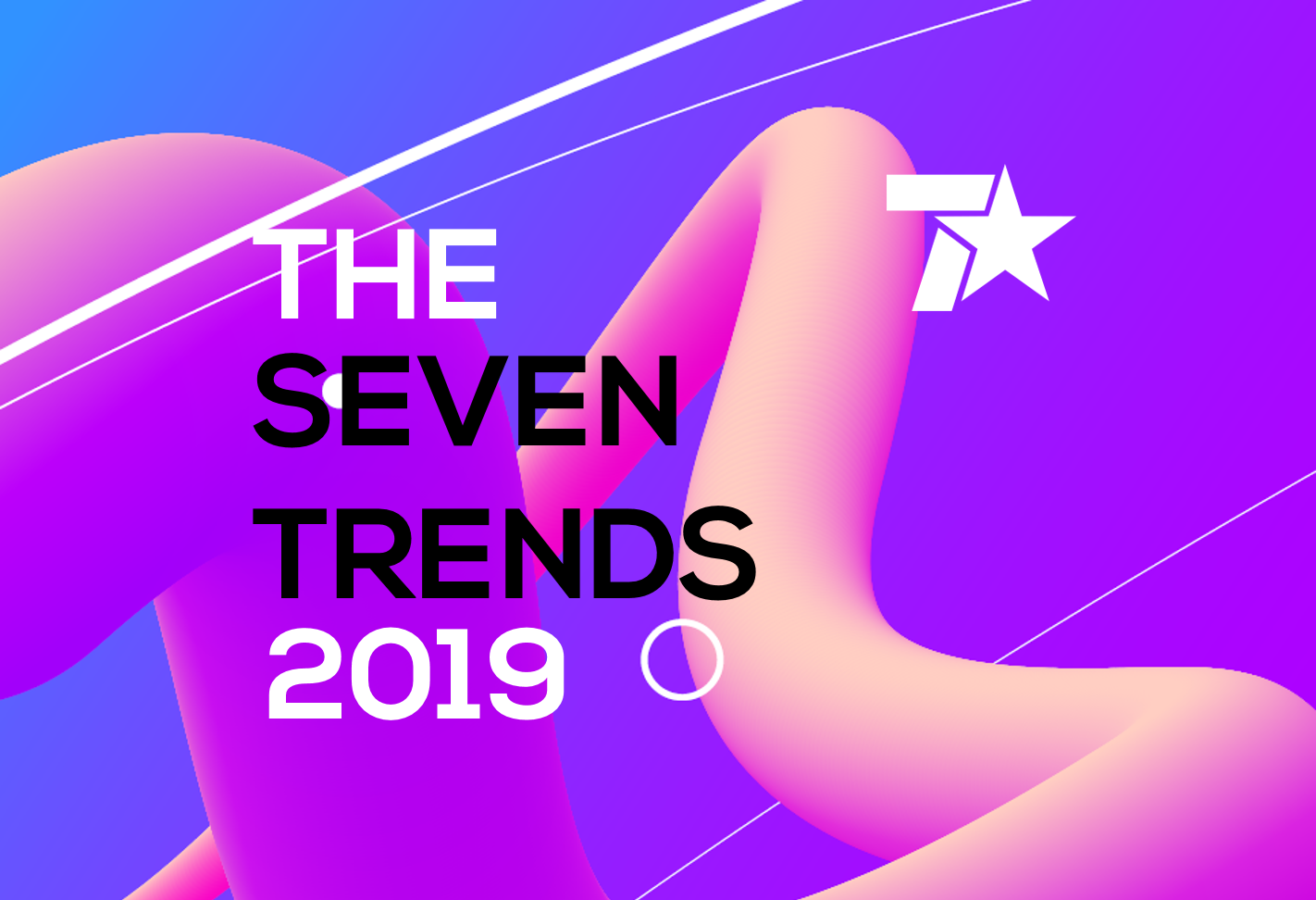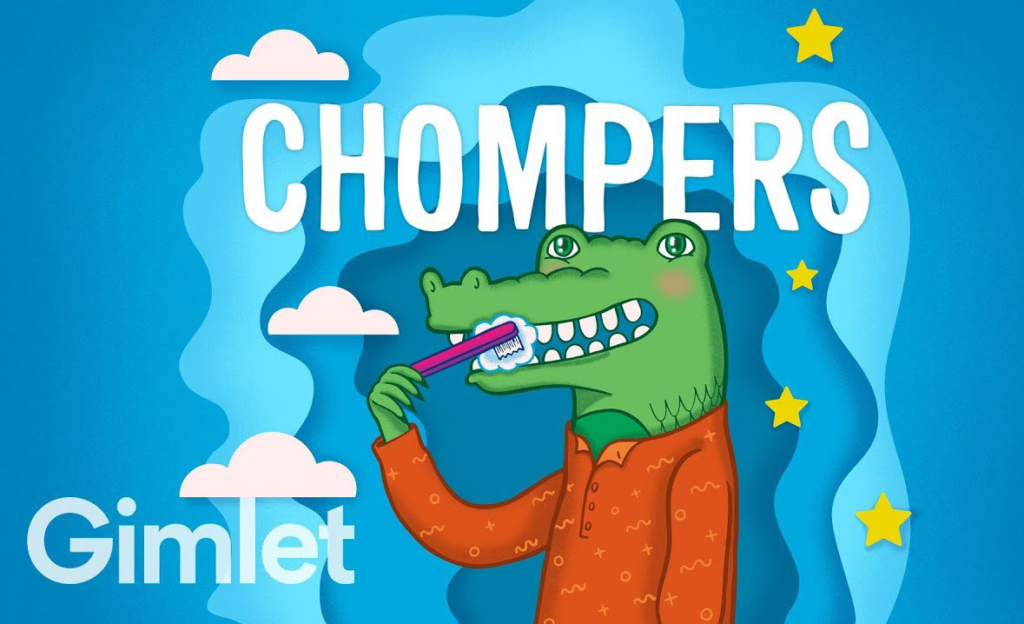
New interfaces.
Our interaction with different interfaces as a means of experiencing the world is changing.
According to Ray Kurzweil, change – social change, cultural change, technological change, all kinds of change – and the rate at which it happens can only do one thing. Get faster and faster and faster.
We seem to have hit ‘peak social’, evidenced by the shift to chat-based messaging such as WhatsApp and community-orientated platforms such as Twitch, and away from news feeds and posting.
Meanwhile, voice continues to grow – smart speaker penetration has doubled in the past year. Tech brands continue to launch new hardware, competing for the highest share of our homes, and our wallets. The likes of Alexa are moving into integrated appliances, cars and our devices, as well as screens. Combining voice with screens (and other interfaces) drives greater uptake of services, especially shopping, as users can see what they’re buying.

The Crest Chompers skill for Alexa turns a chore into a something kids look forward to.
Contrary to expectations, Amazon don’t plan on selling the ‘top voice spot’ akin to paid search. Instead an algorithm driven by price, usage and reviews will select the top three choices and give them out in a random order. It is important that brands start testing and adapting to the algorithm so they can get onto the Choices shortlist and feature in the most frictionless way possible.
When it comes to taking photographs on your phone, after selfies and other people, ‘reminders snaps’ of things you need to remember are next. A billion photos a day are utility pictures. This is why ‘visual search’ is poised to take off in 2019. Google will finally make their Augmented Reality lens available, turning the smartphone camera into a device that can ‘read’ objects, text and the world around us.
Use cases for AR include as a ‘realworld browser’ (think browsing the menu of a restaurant by pointing your phone at it) and identifying similar products at the best possible price (recognising the clothes worn by a celebrity in a magazine and helping you ‘get the look’). Mercedes used AR to scan their dashboard, acting as a pocket manual, inspired by the insight that 70% of features in a new car go unused.
Any clear picture or text can trigger content anchored to visual search, from brand advertising to products, and data (such as the individual user journey, demographics and location) can be used to serve relevant messages. Expect to see websites anchored in the real world, such as products unlocked by smartphone camera.
So, while change is afoot, really we are seeing new interfaces fit into long established human needs of communication, sociality and expression.



Recent Comments